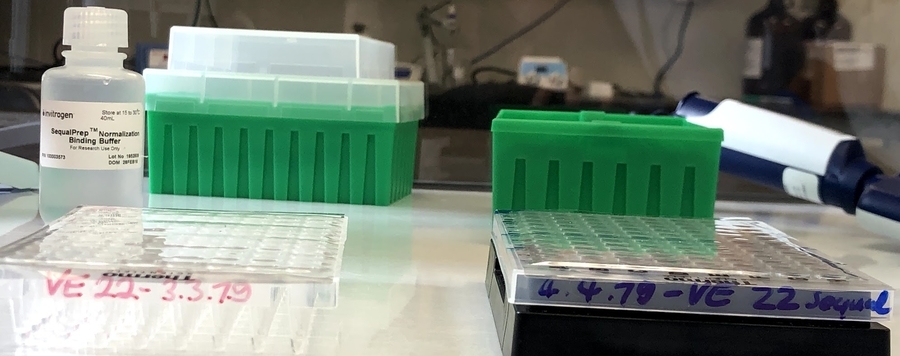
Advancing the use of molecular methods for routine freshwater macroinvertebrate biomonitoring–the need for calibration experiments
Over the last decade, steady advancements have been made in the use of DNA-based methods for detection of species in a wide range of ecosystems. This progress has culminated in molecular monitoring methods being employed for the detection of several species for enforceable management purposes of endangered, invasive, and illegally harvested species worldwide. However, the routine application of DNA-based methods to monitor whole communities (typically a metabarcoding approach) in order to assess the status of ecosystems continues to be limited. In aquatic ecosystems, the limited use is particularly true for macroinvertebrate communities. As part of the DNAqua-Net consortium, a structured discussion was initiated with the aim to identify potential molecular methods for freshwater macroinvertebrate community assessment and identify important knowledge gaps for their routine application. We focus on three complementary DNA sources that can be metabarcoded: 1) DNA from homogenised samples (bulk DNA), 2) DNA extracted from sample preservative (fixative DNA), and 3) environmental DNA (eDNA) from water or sediment. We provide a brief overview of metabarcoding macroinvertebrate communities from each DNA source and identify challenges for their application to routine monitoring. To advance the utilisation of DNA-based monitoring for macroinvertebrates, we propose an experimental design template for a series of methodological calibration tests. The template compares sources of DNA with the goal of identifying the effects of molecular processing steps on precision and accuracy. Furthermore, the same samples will be morphologically analysed, which will enable the benchmarking of molecular to traditional processing approaches. In doing so we hope to highlight pathways for the development of DNA-based methods for the monitoring of freshwater macroinvertebrates.






